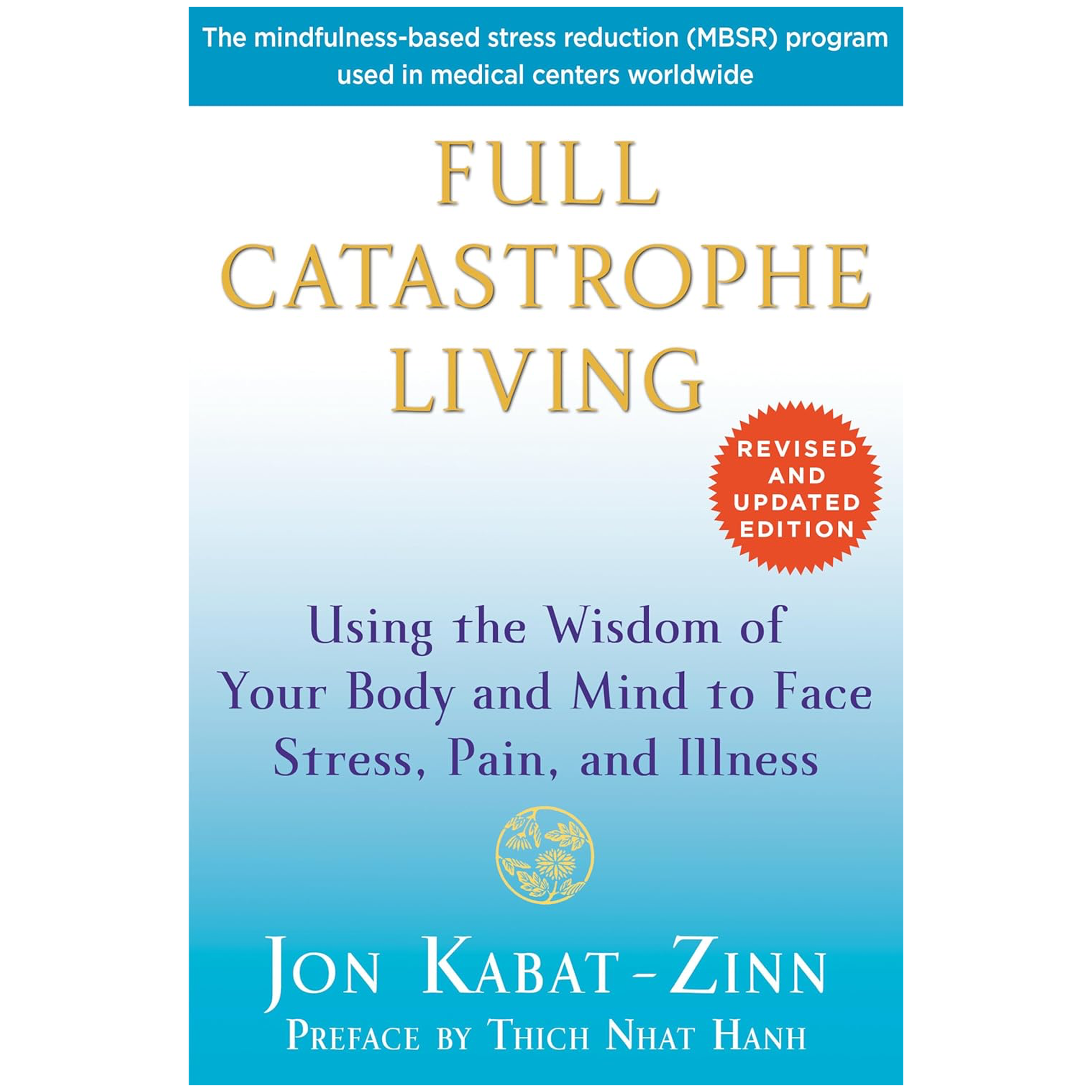Reading Time: 1 min 47 sec
I hope the next 21-ish breaths are the most nourishing of your day.
4 THOUGHTS
1. Free Breathing App for Diabetes
“Slow breathing could be a simple beneficial intervention in diabetes.”
- Bernardi et al. (2017), Nat. Sci. Rep.
The Breathing App for Diabetes is free until January 1, 2026.
You know the saying, “A good day starts the night before”? We might say: “A good year starts the month before.”
So, if you want to end 2025 calmly and start 2026 on the right foot, sign up for the free app while the offer lasts.
2. How Meditation Affects the Body & Breathing
“First of all, meditation changes the breathing pattern, allowing people to breathe more slowly and deeply due to a reduction in oxygen hunger. This reduction probably has to do with the fact that when we are in a meditative state, we process everything more efficiently; therefore, our metabolic needs are reduced—we are doing more with less.”
- Shinzen Young, The Science of Enlightenment
Just an excellent reminder that one of the main physiological changes during meditation is a slowed breathing rate, which then confers additional benefits. We would call this “Natural Slow Breathing” in this post.
3. Deep and Slow Breathing to Promote Successful Aging
“Nonetheless, this study provides evidence that: 1) DSB [deep and slow breathing] seems to reduce anxiety level and increase vagal outflow (which are negatively correlated with each other) in both young and older adults; 2) DSB could have a greater effect on parasympathetic activity in older adults…As such, DSB represents a practical, low-cost exercise that can be performed anywhere in order to promote successful aging.”
- Magnon et al. (2021), Nat. Sci. Rep.
This study found that just 5 minutes of slow breathing—four seconds in, six seconds out—reduced anxiety and increased HRV in both young and older adults. A nice reminder that simple practices can support “successful aging.”
4. Is the Brain a Peripheral Heart?
“Now, some people say, ‘Well, hold on, is the heart a peripheral brain?’
And I say, ‘Well, maybe the brain is a peripheral heart.’”
- Daniel Siegel, The Mindful Brain
Just a wonderful reframe to keep us thinking and playfully challenge our assumptions about how our minds and bodies work 🧠 ❤️
1 Quote
“It is as if the breath contains, folded into itself, a power that we can come to simply by giving ourselves over to it and following it as if it were a path.””
1 GOOD BOOK
Full Catastrophe Living by Jon Kabat-Zinn, Ph.D.
This is the classic text on Mindfulness-Based Stress Reduction (MBSR). It’s full of wisdom on breathing, mindfulness, and healing. A must-read for anyone interested in the contemplative sciences.
In good breath,
Nick Heath, T1D, PhD
“Breathing is the compound interest of health & wellness.”
Treat Yourself to Less Stress & Better Breathing
The Breathing App for Diabetes
This is the first program specifically made for people with diabetes to help manage their stress through breathing and mindfulness practices. In addition to the amazing program inside the app, we have some really neat things coming up, so sign up now!
Amazon Associate Disclosure
I’ve been recommending books for almost 6 years. Yet somehow, I just discovered that I could be an Amazon affiliate [face-palm]. In any case better late than never. Now, any Amazon link you click is an affiliate link. As an Amazon Associate, I earn from qualifying purchases. So, if you’d like to support my work, buying books through these links is helpful : )
* An asterisk by a quote indicates that I listened to this book on Audible. Therefore, the quotation might not be correct, but is my best attempt at reproducing the punctuation based on the narrator’s pace, tone, and pauses.









